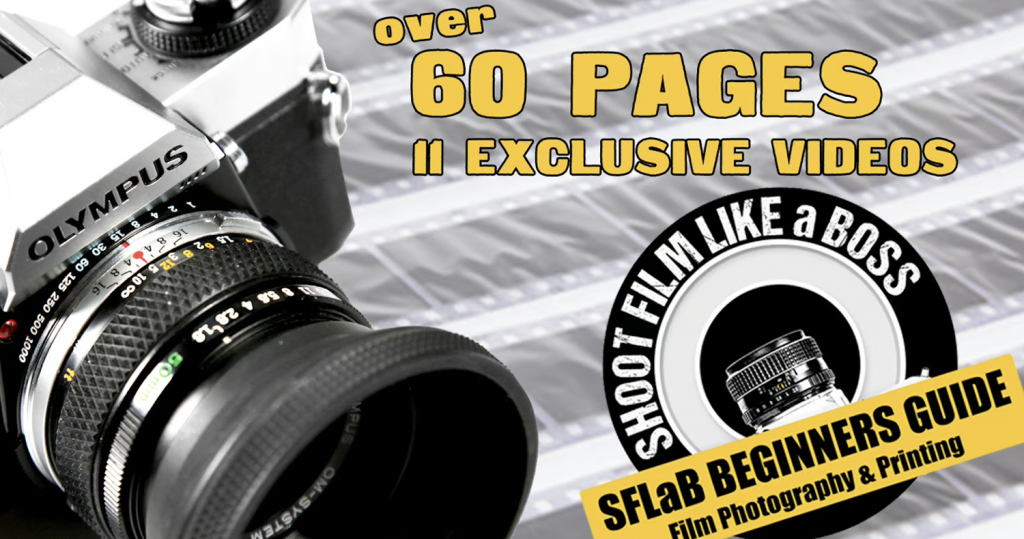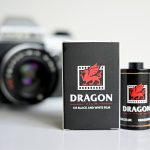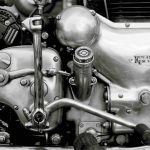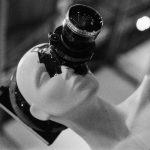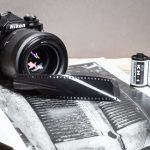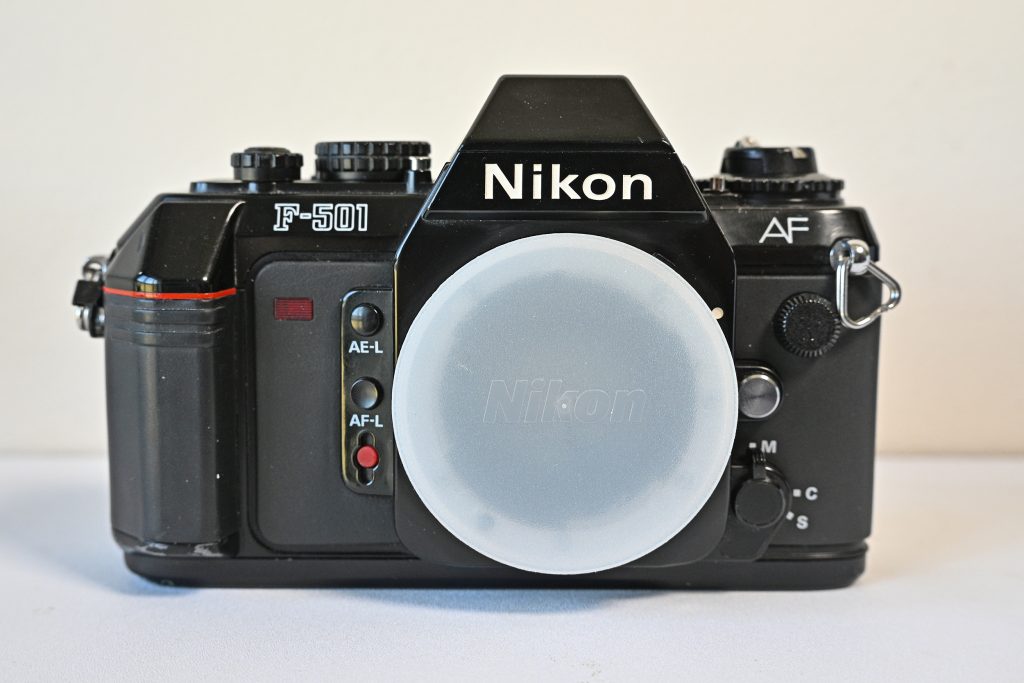
Ever wondered what it was like to experience the dawn of autofocus in the film era? Look no further than the Nikon F-501 (also known as the N2020 in the US), a groundbreaking SLR camera that merged classic film photography with cutting-edge autofocus technology.
You can watch my video on the SFLaB channel here.
Nikon have been an absolute beast of a brand in the camera market and have probably dominated the way for amateurs and professionals since the 1960s. And when you look online now for used Nikon SLR cameras there are many that come up showing their full masculine bodies and buttons with a hefty price tag too… And rightly so! When you think of Nikon F, F2, F3, F4, F5, F6, FE, FM, FM3A, F100, they are all fantastic cameras that have rocketed in price on the used market over recent years. And if you ask someone to recommend a Nikon Film SLR one of the above models would more than likely be mentioned. But they are not the cheapest.
I have some other more undesirable Nikon Film SLR’s that are not mentioned above and possibly wouldn’t pop up in conversation talking with someone wanting to get into the Nikon system.
And one of those is the Nikon F501. A Nikon Film SLR camera that was introduced in 1986 and continued through to the early 90s. A camera that oozed bags of control and functions to excite any enthusiast of the day and even tickle the fancy of a few professionals that wanted to have a back up SLR in their bag.
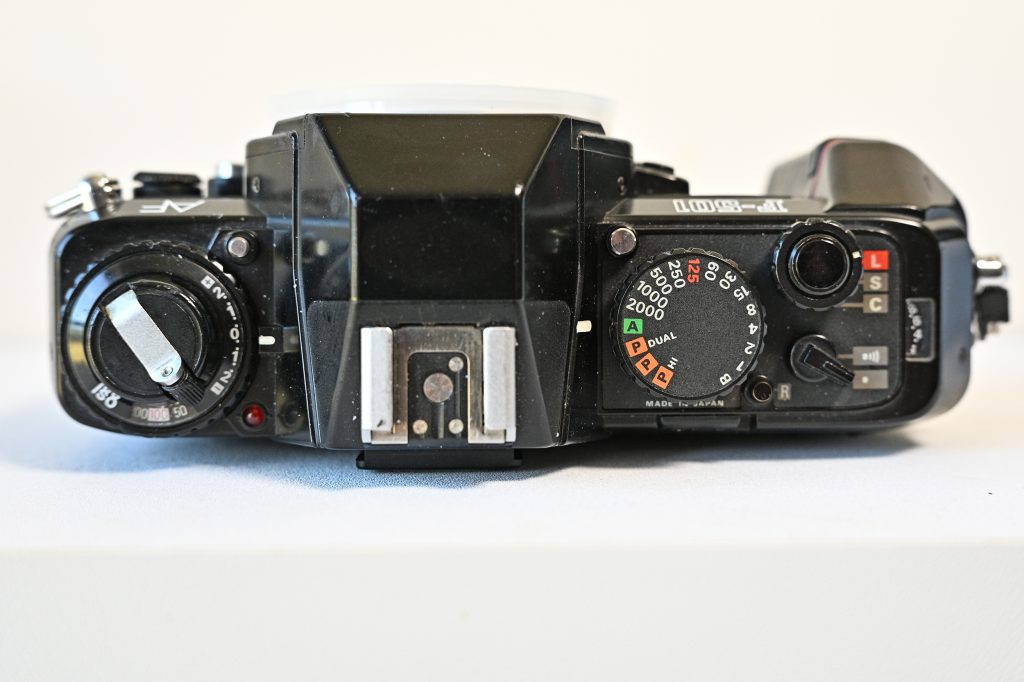
A Revolutionary Step Forward
When it was released the F-501 was a game-changer. It was Nikon’s first SLR with integrated autofocus, paving the way for the future of photography. Imagine the excitement of having a camera that could automatically lock onto your subject – a feature we now take for granted.
Features That Defined an Era
- Autofocus System: The F-501 featured two autofocus modes: Single Servo AF (S) for stationary subjects and Continuous Servo AF (C) for tracking moving subjects. It worked seamlessly with a select range of dedicated AF Nikkor lenses.
- Exposure Modes: Like a true SLR, the F-501 offered Programmed Auto (P), Aperture Priority (A), and Manual modes. However, it also introduced a unique “P Hi” mode, designed to prioritize faster shutter speeds for action photography.
- Motorized Film Advance: Say goodbye to manual film winding! The F-501 boasted a built-in motor drive with single and continuous shooting modes, capable of capturing up to 2.5 frames per second.
- Automatic Film Loading and DX Coding: Loading film was a breeze with automatic film loading and DX coding for automatic ISO detection. Simply pop in your roll of film, and the camera would take care of the rest.
- Bright Viewfinder and Informative LCD: The viewfinder displayed essential shooting information, including shutter speed, aperture, and focus confirmation. A top-mounted LCD panel provided additional details like exposure compensation and frame count. The viewfinder is 92% so you can expect a bit more on your negative than you initially framed for.
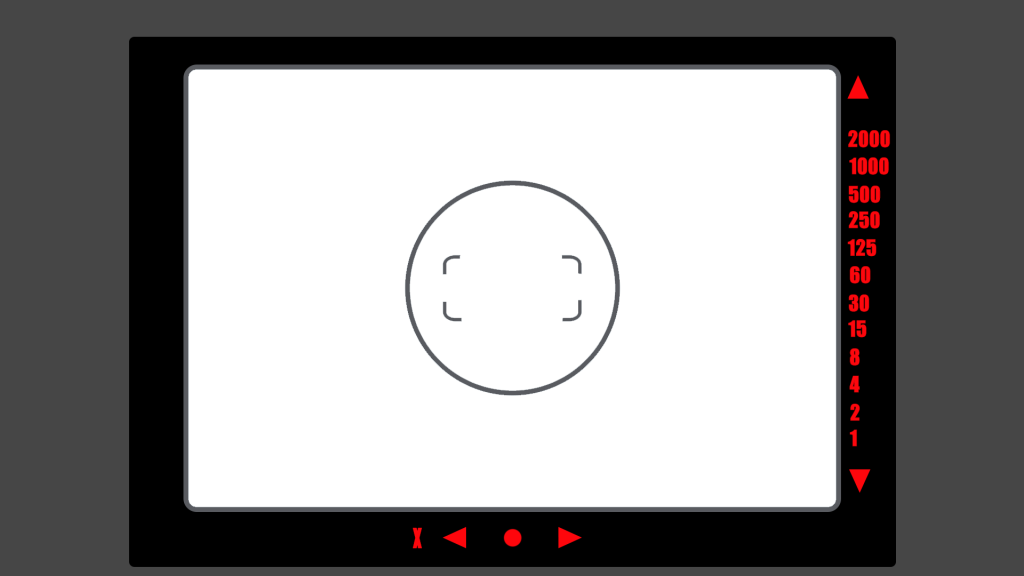
(Not exactly to scale, I made this in photoshop but gives you the idea!)
- Ergonomic Design and Solid Build: The F-501 felt great in your hands, with well-placed controls and a sturdy build quality that Nikon is known for.
- Internal through the lens metering: The camera has a metering system that is partial metering and works very well indeed.
- Audio warning! Nowadays you have to go into the menu system to turn this function on and off but the F-501 has a switch on top of the camera. It bleeps a sound when the camera is out of exposure threshold.
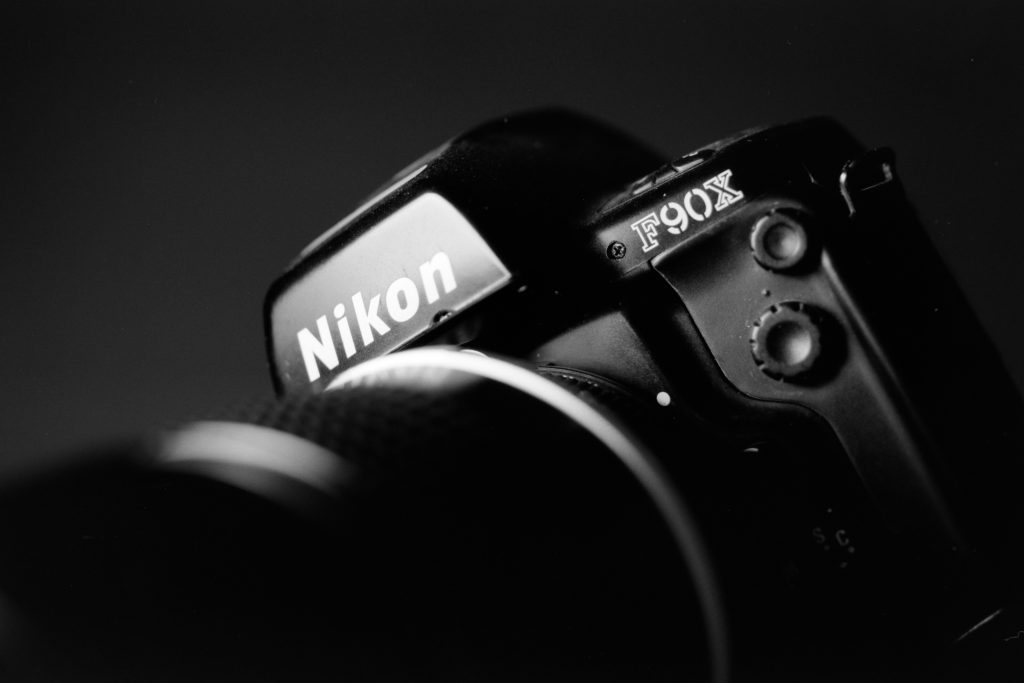
The F90X taken with the F-501 with Fuji Acros II Film developed in D23. 55mm Nikkor Micro Lens.
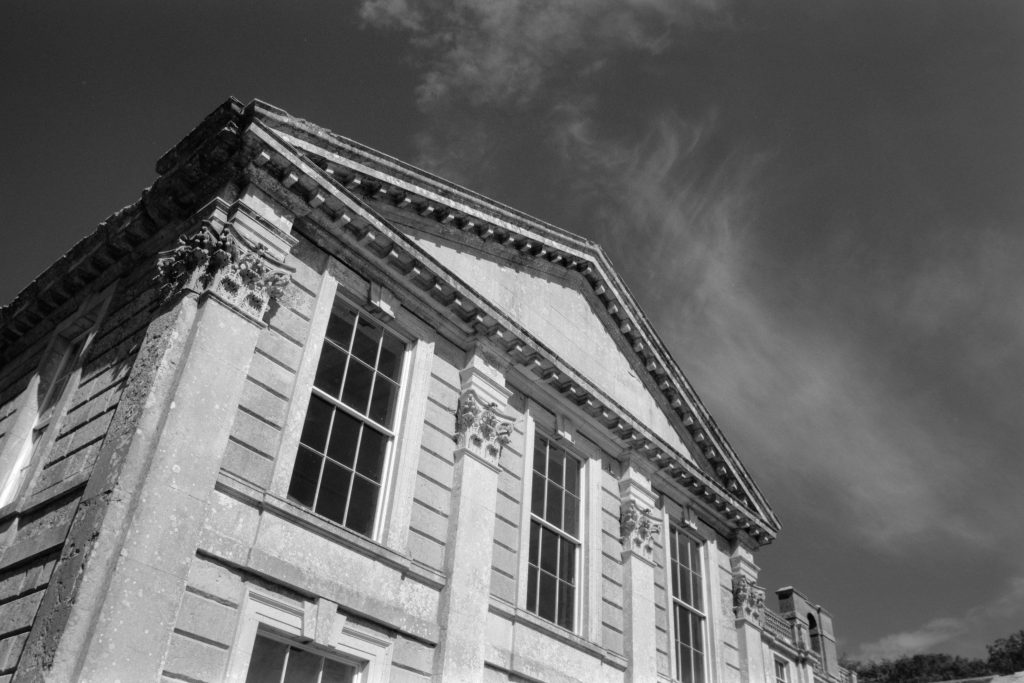
Appuldurcombe House, Isle of Wight, with Fuji Acros II Film developed in D23. 50mm Zeiss Milvus Lens.
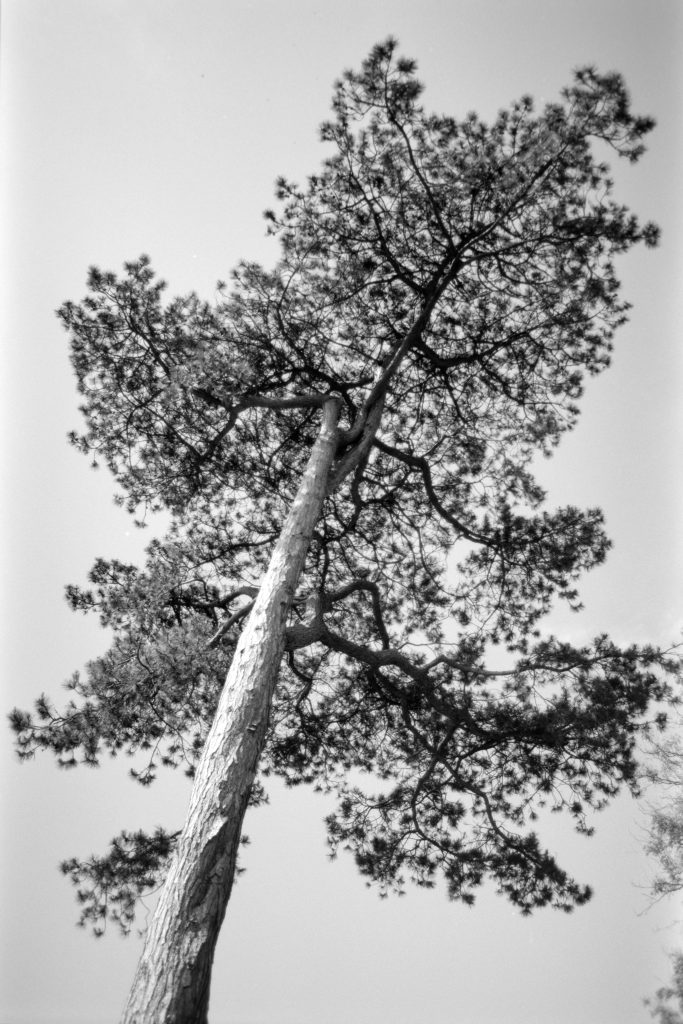
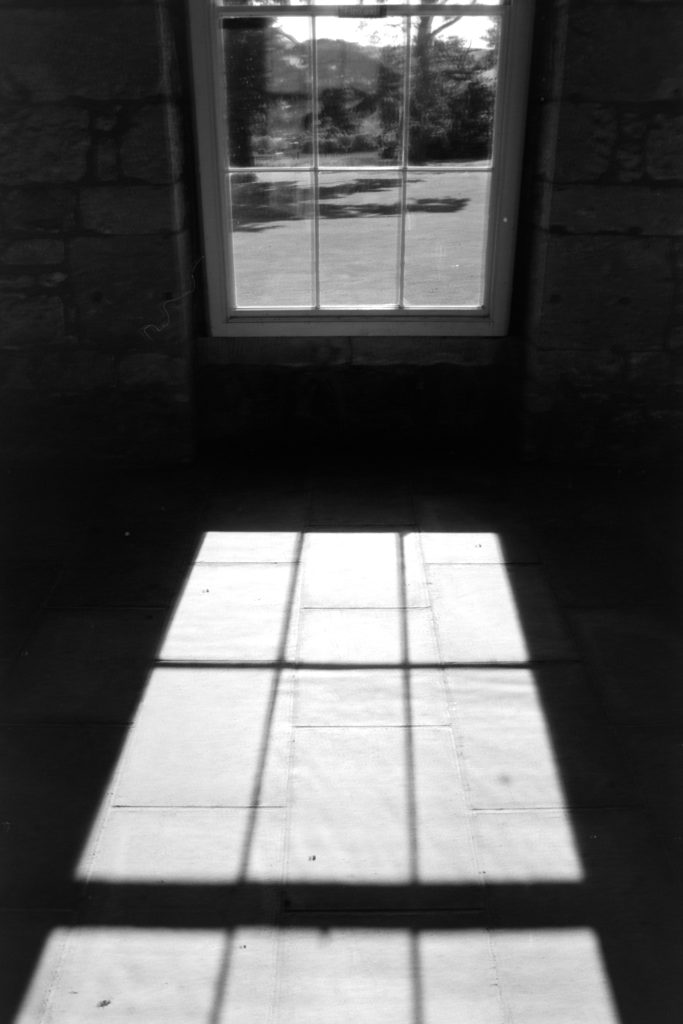
A bit too confident in my hand held abilities at 1/30th!
Why You Should Give the F-501 a Try
- Affordable Entry into Film Photography: The F-501 is often available at very reasonable prices, making it an accessible option for beginners.
- Unique Features: Experiment with the “P Hi” mode and dedicated AF lenses for a unique shooting experience.
- Nikon Quality: Enjoy the reliability and craftsmanship of a classic Nikon camera.
Conclusion
The Nikon F-501 may not be the newest kid on the block, but it represents a pivotal moment in photography. It’s a testament to innovation and a reminder that even older technology can be incredibly fun and rewarding to use. If you’re a curious photographer seeking a taste of the past, or simply looking for an affordable way to get into film, give the F-501 a shot – you won’t be disappointed.
And if you are looking to get into the Nikon system they are very affordable compared to other Nikon cameras leaving you with some cash for a couple of decent F mount lenses. Or a roll of film! Obviously price reflects the cosmetic condition! As you can see my one looks a bit shabby but that doesn’t stop it performing well inside.
They are fully electrical which means you need batteries to operate the camera. In which case you may find yourself without a camera if you don’t take spares! Luckily enough the camera takes AAA batteries which can be purchased almost anywhere on foot.
I’ve read in some cases the auto focus motor has packed up and the electrics fail but this one is still going strong since 1986! This can happen to any fully electronic camera of the same era and if this panics you then you may want to look for a different Nikon. A mechanical one. But for the price of these it’s worth a punt.
And if you’re a hands on sort of person and fancy tinkering there are some ‘non working’ cameras online for sale very cheap indeed which you can use for spares. But if you do buy a used camera online just ask all the necessary questions and if you can try and get a 30 day money back guarantee. Some sellers find these cameras in attics and know nothing of cameras. Always do your homework. But if you get one in good working condition then it should serve you well!
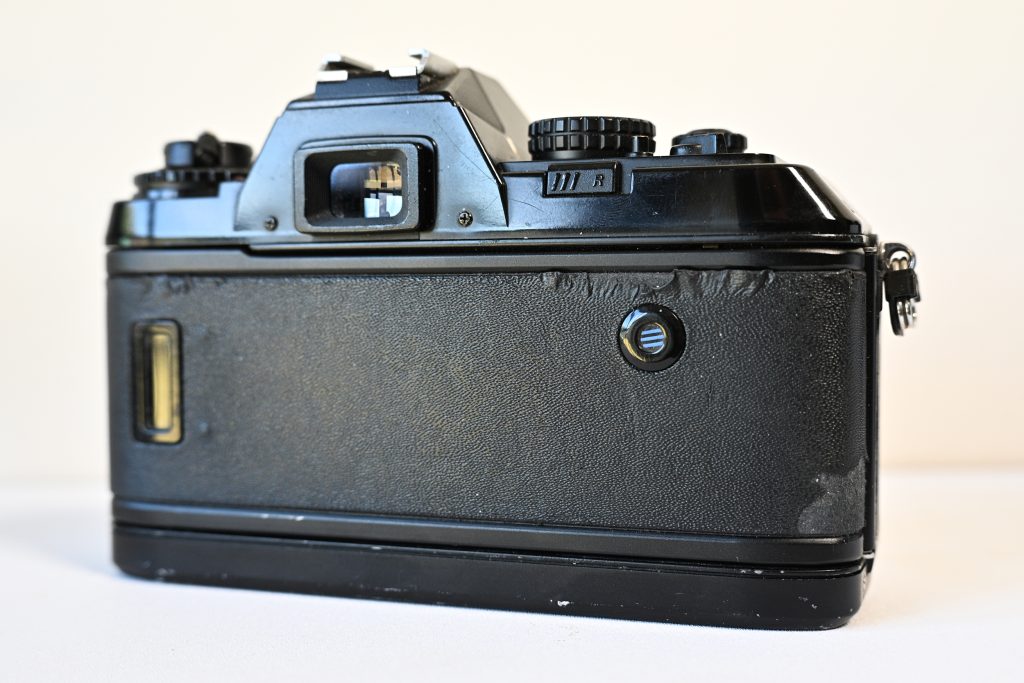
I was surprised at how much wizardry this camera packs in but I was surprised NOT to see a Depth of Field preview on the camera, which is a very useful tool to have.
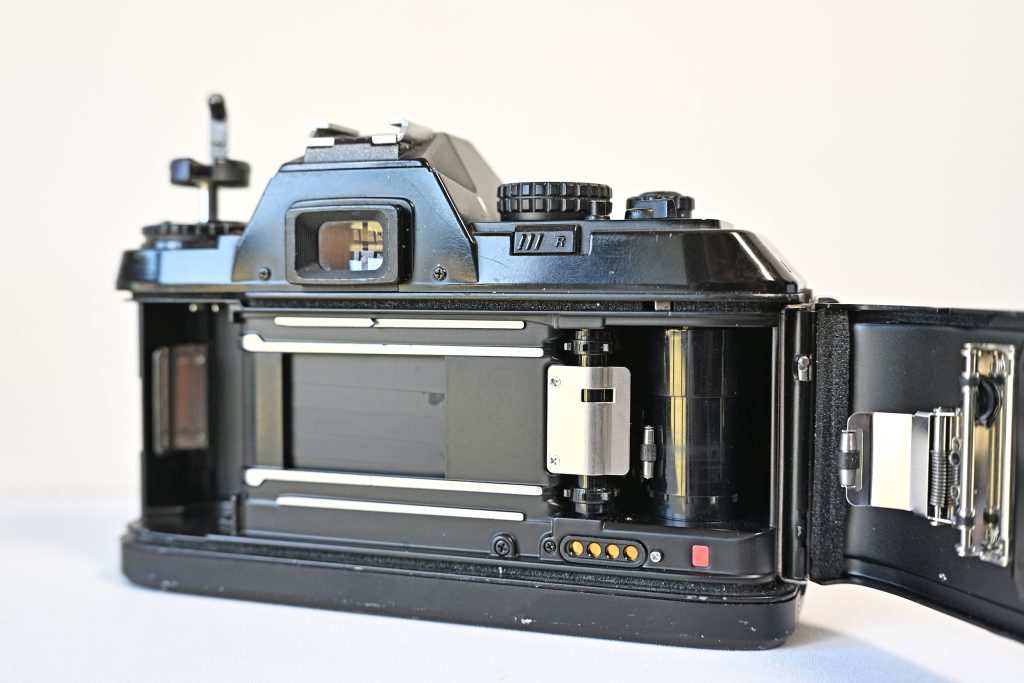
A few more cameras I have used and are very good are the –
- Nikon F90X
- Nikon F-601
- Nikon F-801
- Nikon F55
- Nikon F80

